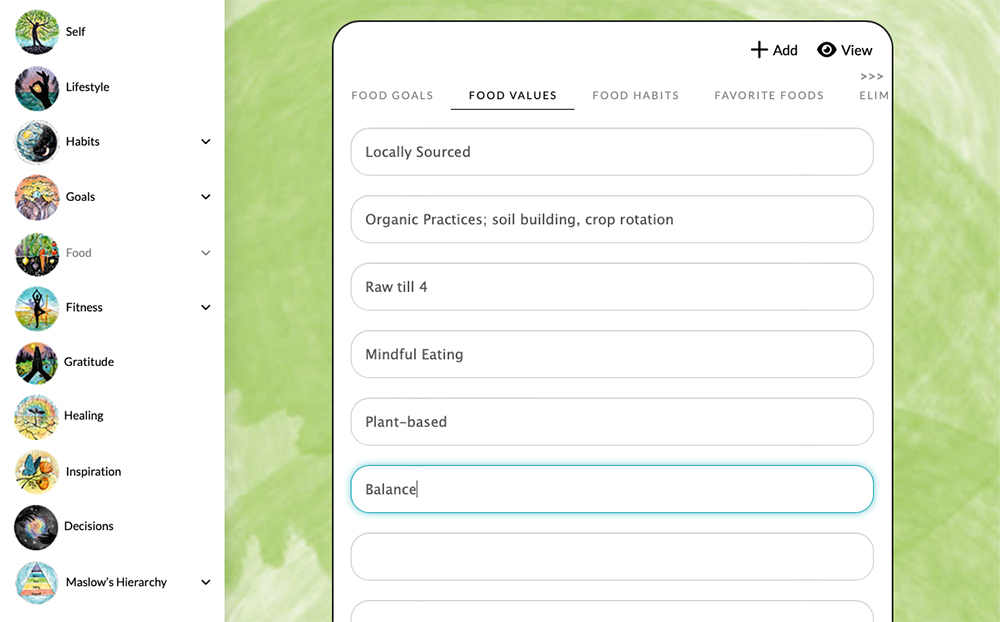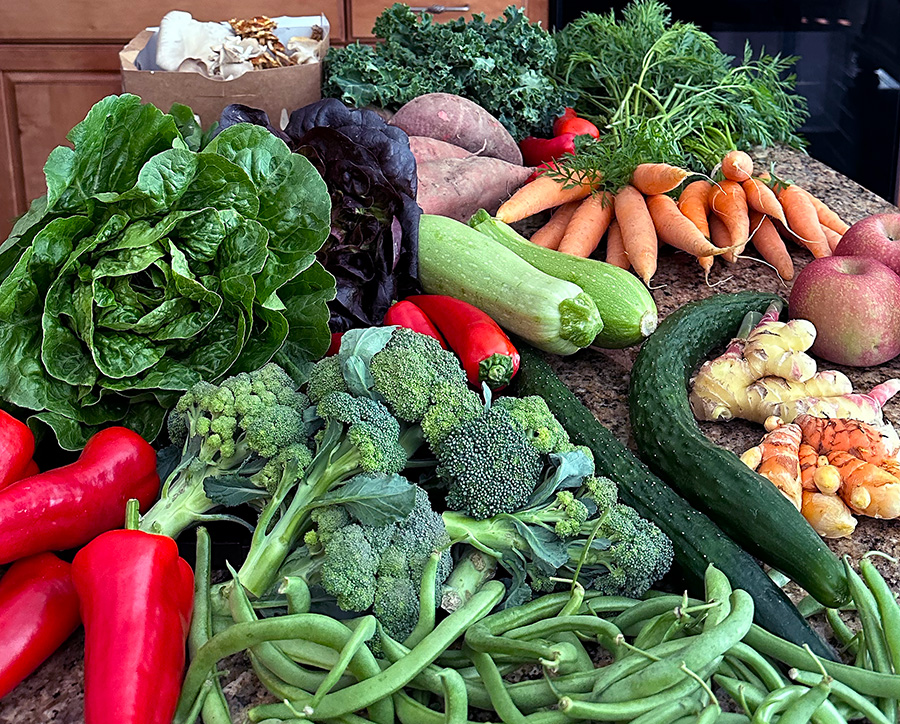Navigating the complexities of nutrition and diet can be challenging, but setting clear food values and goals can simplify the process and lead to lasting benefits. Whether your focus is on health, ethical eating, or convenience, understanding your priorities helps you make better food choices. This guide provides a detailed look at various food values and offers practical steps to build a diet that aligns with your goals, ensuring a balanced and sustainable approach to eating.
If you want a list to choose from without a bunch of details check out this List of Food Values to Build A Personalized Diet.
1.Finding Balance
Balance in food choices goes beyond rigid frameworks like the food pyramid. It's about finding harmony between nourishing, healthy options and occasional indulgences. I’ve learned that strict diets aren’t sustainable for me unless I'm intentionally detoxing. Depriving myself creates imbalance, so I focus on a more flexible approach that aligns with my body’s needs and my values.
For me, finding balance means embracing flexibility: I focus on a variety of vibrant, plant-based foods that give me energy, but I also allow room for indulgence and adjust my choices based on what my body needs. Whether it's following a structured meal plan or eating intuitively, I’ve found that honoring these dualities allows me to nourish my body without feeling restricted or overwhelmed.
2. Supporting Farmers Markets
Buying produce almost exclusively from the farmers' markets has been the most beneficial value. When I started buying directly from farmers, I discovered that not only could I afford to eat healthier, but the food also tasted significantly better and lasted longer. The produce, harvested at its peak, retains its nutrients and flavor, which often gets lost in the long supply chains of conventional supermarkets.
By shopping at farmers markets, we support our hardworking farmers and the community, we reduce our carbon footprint, and enjoy food at its peak freshness and flavor. It's a wonderful way to connect with our community and learn more about where our food comes from.
When I can fulfill my social, financial, physical, emotional, and environmental dimensions all from one value, it's a big win!
3. Using Herbs and Spices
Incorporating natural herbs and spices into our meals not only adds vibrant flavors, but they also offer numerous health benefits, including antioxidant properties that help combat oxidative stress in the body.
I remember reading a book at the library where all the recipes involved herbal tea. While I don’t adopt that method all of the time, it definitely made me rethink how herbs and spices can be used. I gained a huge appreciation for local herbs and spices when they are in season and fresh. You can make herbal infusions with amazing health benefits, like my favorite Nettles Infusion.

When certain herbs and spices are in season, I buy in bulk so I can use some fresh and dry the rest for teas, soups, broths, dressings, and basically every meal. When you get your herbs fresh from the farmers, they have more nutrients and flavor. I also started growing my own herbs which has been even more budget friendly and rewarding.
There's something very therapeutic about eating fresh spices and herbs. My favorite way to use fresh rosemary, oregano, sage, basil, turmeric, and black pepper is to mince and grate them over Italian pasta and red sauce. Turmeric, in particular, is known for its anti-inflammatory properties and is more effective when paired with black pepper, which enhances the absorption of curcumin, the active ingredient in turmeric.
4. Seasonal Eating
Eating with the seasons is a practice that aligns us with nature’s rhythms and ensures we get the freshest, most nutrient-dense foods available. Seasonal eating also supports local farmers and reduces the environmental impact of transporting out-of-season produce.
In the summer, my family and I enjoy picking strawberries, blueberries, and blackberries straight from the field every week for a month or two. This practice not only guarantees the best quality and flavor but also provides a wonderful opportunity to enjoy the sunshine and spend quality time together. We often freeze the extra berries for smoothies and ice pops, making the most of the summer harvest. During this season, it’s easier to incorporate cold raw foods, smoothies, nice-cream, and detoxifying foods that keep us light and cool.
As the weather turns colder, we look forward to the comfort of root vegetables, hearty soups, local meats, and warm dishes that connect us to the natural cycles of the earth. Winter foods are nourishing and grounding, helping us to stay warm and healthy through the colder months.
Not only does food taste better when it’s in season, but it also costs less. Seasonal produce is often more affordable because it’s abundant and doesn’t require long-distance transportation, making it a cost-effective choice for healthy eating. Embracing seasonal eating allows us to enjoy the best flavors and nutrition nature has to offer while supporting sustainable farming practices and reducing our environmental footprint.
5. Food Combining
Food combining involves eating foods that digest well together to optimize digestion and nutrient absorption. This practice can help reduce bloating, improve energy levels, and support overall digestive health. For example, combining proteins with non-starchy vegetables or pairing fruits with other fruits allows the body to digest more efficiently. Avoiding complex combinations, like proteins and starches together, can ease the burden on the digestive system.
In my own experience, I've found that eating fruits alone, especially in the morning on an empty stomach, sets the tone for energized mornings. Nuts are also best eaten alone for optimal digestion. For midday meals, combining starches like sweet potatoes or grains with vegetables provides sustained energy. In the evening, I focus on proteins with vegetables, which supports a restful night’s sleep. This simple rhythm has been key to balancing my digestion, improving energy throughout the day, and ensuring great sleep at night.
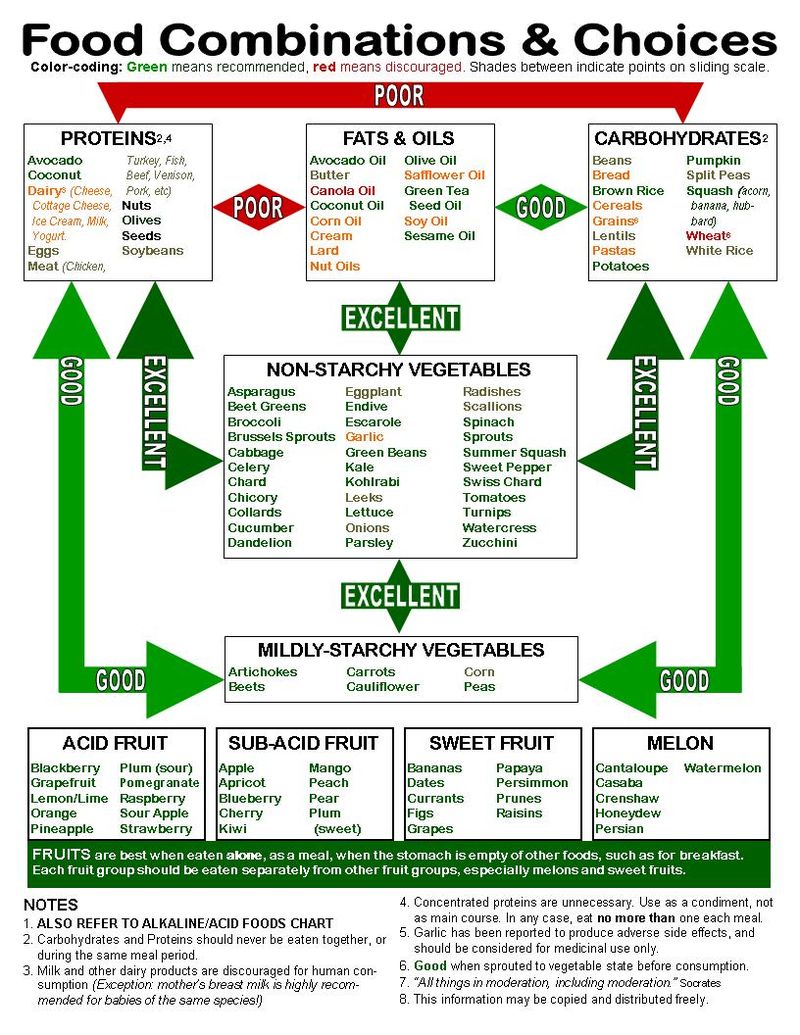
6. Eating Fruits in the Morning
Starting my day with pure water and fresh fruits has been a game-changer for my energy levels and overall well-being. I find that the natural sugars in fruits provide a gentle, yet effective, boost to kickstart my metabolism after a night of fasting. The essential vitamins and minerals found in fruits give me the vitality I need to tackle my morning tasks. Plus, fruits are easy to digest, which makes them an ideal first meal of the day, nourishing my body without feeling heavy or sluggish. Incorporating this simple habit has made a noticeable difference in how I feel throughout the day, setting a positive tone from the very start.
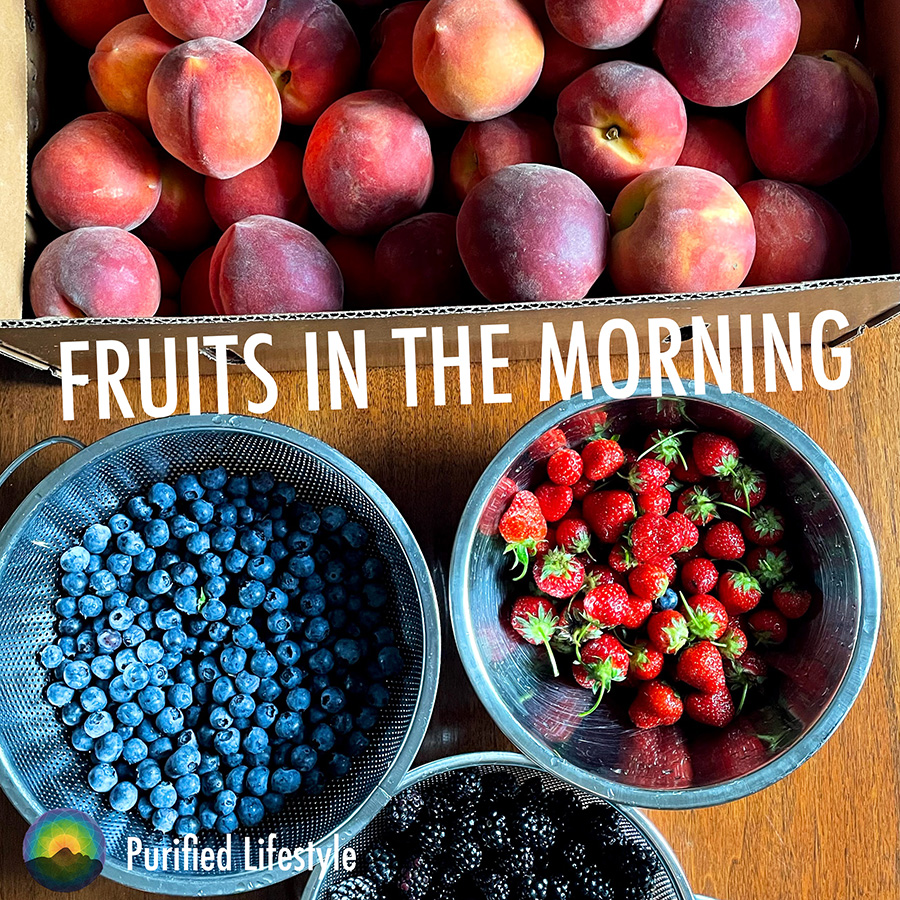
7. Acidic vs. Alkaline Foods
Maintaining a balance between acidic and alkaline foods has been an effective visual guide for ensuring I make healthier choices.
Alkaline foods—such as leafy greens, fruits, and vegetables—help neutralize excess acidity in the body, promoting a more balanced pH. These foods can support detoxification, reduce inflammation, and provide lasting energy.
On the other hand, acidic foods like meat, dairy, processed snacks, and coffee, when consumed in excess, can make us feel sluggish, cause bloating, and contribute to inflammation or digestive discomfort.
When you are trying to maintain your current health it's ideal to strive for about 60% alkaline food and 40% acidic food. When you are trying to improve your health, you may want to follow a diet that is roughly 80% alkaline food and 20% acidic food.
While I recognize that the body naturally regulates its own pH levels, I’ve personally experienced noticeable benefits—such as increased energy, reduced bloating and heart burn—by being mindful of the balance between acidic and alkaline foods.
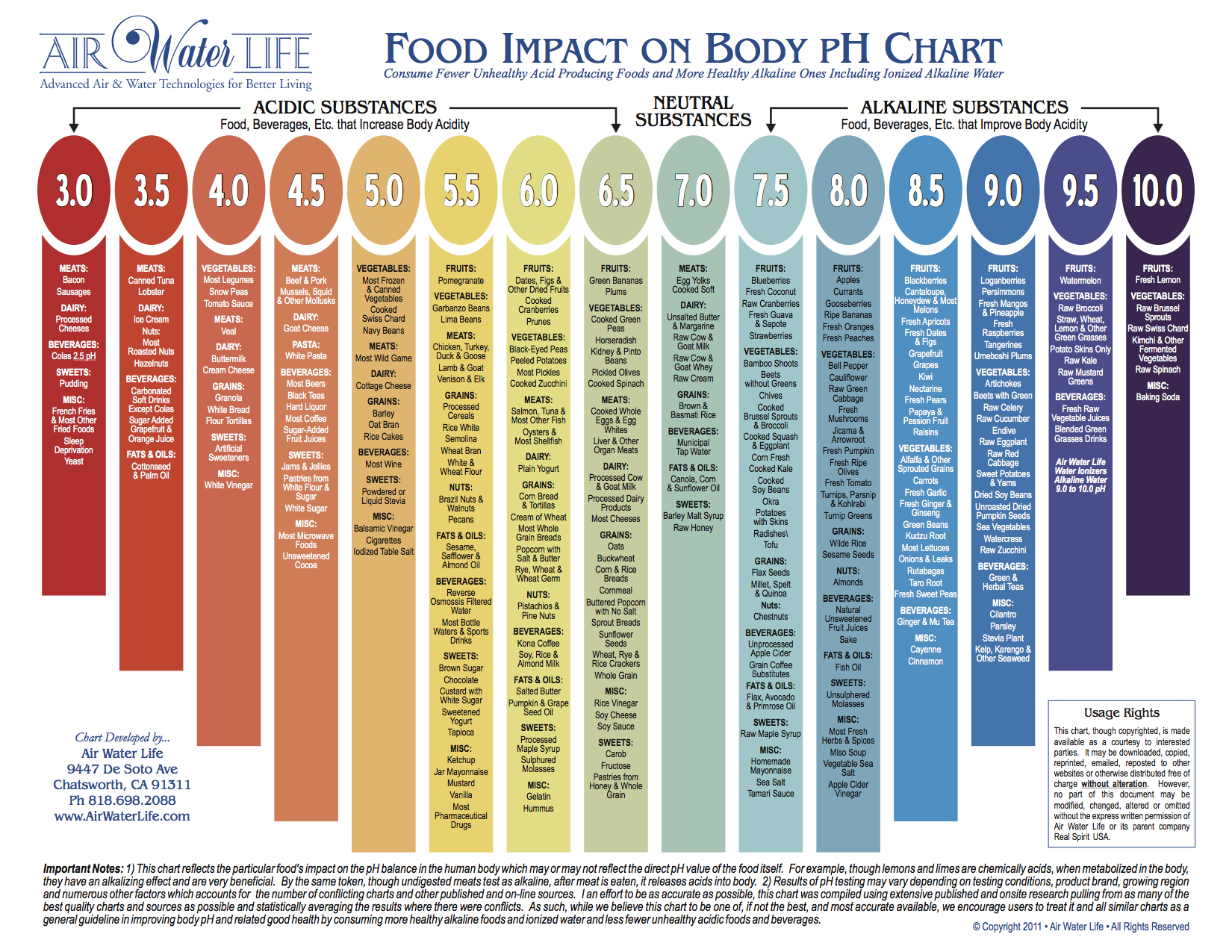
8. Natural Detoxing Rhythms
I’ve found that supporting our bodies’ natural detoxifying rhythms through mindful eating and lifestyle practices is both effective and sustainable. Drinking plenty of water, incorporating fiber-rich foods, and staying physically active are daily habits that help eliminate toxins more effectively. Additionally, incorporating intermittent fasting, enjoying sauna sessions, and practicing dry brushing have enhanced my detox routine.
To maintain a regular detox routine without being too extreme, I follow some advice from nutritionists. Shorter detox periods, like one week each month or a few days every couple of weeks, have been manageable and effective. Seasonal detoxes at the beginning of each season align with natural environmental changes and help my body adapt. Daily detox habits, such as drinking water, eating fiber-rich foods, and including detoxifying herbs and spices, keep my system running smoothly.
Ultimately, balance and moderation are key. Detoxing does not always need to be extreme or overly restrictive.
9. Raw Till 4 During Detox Cycle
I’ve experimented with the Raw Till 4 lifestyle, which involves eating raw fruits, vegetables, nuts, seeds and legumes until 4 PM, then enjoying a cooked, plant-based dinner. This approach allowed me to benefit from the high nutrient content and natural detoxifying properties of raw foods during the day while still having a satisfying cooked meal in the evening. I noticed that this balance helped maintain my energy levels and supported my body’s natural detoxification rhythms.
However, I found that following this practice daily outside of a detox cycle could be too extreme and hard to sustain. Instead, I aim for balance by incorporating Raw Till 4 principles into my routine during detox periods, especially in the summer. Generally, detoxing for one week each month has been a beneficial maintenance routine for me, helping to reset my system without being overly restrictive. This approach allows me to enjoy the best of both raw and cooked plant-based foods while maintaining overall wellness.
10. Plant-Based Focus
Prioritizing a plant-based diet has been a transformative aspect of my holistic lifestyle. By incorporating a variety of fruits, vegetables, nuts, seeds, and legumes into my meals, I’ve noticed a significant boost in nutrient intake, which supports both my health and the environment. The rich array of vitamins, minerals, and antioxidants found in plant-based foods has contributed to my overall wellness and vitality.
Even though I maintain a mostly plant-based diet, there are times when animal-based foods are necessary for my optimal health. In these cases, I’ve found that sourcing from local farmers who practice regenerative soil techniques and ensure their animals are raised in the healthiest environments possible is the most balanced and purified approach. This way, I can meet my nutritional needs while also supporting environmental sustainability. It’s about finding what works best for you and respecting diverse dietary choices, especially when they involve responsibly sourced, grass-fed, and well-kept animals. This dual approach honors both personal health requirements and the broader ecological impact.
11. Mindful Eating
Mindful eating has significantly transformed my approach to food. I used to eat anything, anytime, anywhere, and at a rapid pace, which often led to overeating, feeling sluggish, and struggling to perform well throughout the day. By learning to pay attention to each bite, I’ve begun to slow down and truly appreciate the flavors and textures of my meals.
In addition I have learned to listen to my body’s hunger and fullness cues, distinguishing between true hunger and false hunger. False hunger comes on quick and furious, I can tame usually tame that feeling by drinking a lot of water. True hunger comes on slowly and does not go away.
Taking the time to savor my food has improved my digestion and prevented the overeating that used to leave me feeling uncomfortable and lethargic. By being present during meals and focusing on the sensory experience, I can better recognize when I’m truly satisfied.
12. Homemade and Whole Foods
Incorporating homemade and whole foods into our lifestyle is a valuable practice for maintaining a balanced and healthy diet. Preparing meals from scratch using whole, unprocessed ingredients allows us to control the quality and purity of what we consume, avoiding harmful additives and preservatives. This not only supports our health but also fosters a deeper connection with our food and encourages creativity in the kitchen.
While striving to make homemade meals is ideal, busy schedules can sometimes make this challenging. In such cases, we can rely on local restaurants that prioritize local, unrefined oils, wheat, sugars, etc.
This approach allows us to enjoy the best of both worlds—home-cooked meals and high-quality restaurant offerings—while staying true to our commitment to health and sustainability.
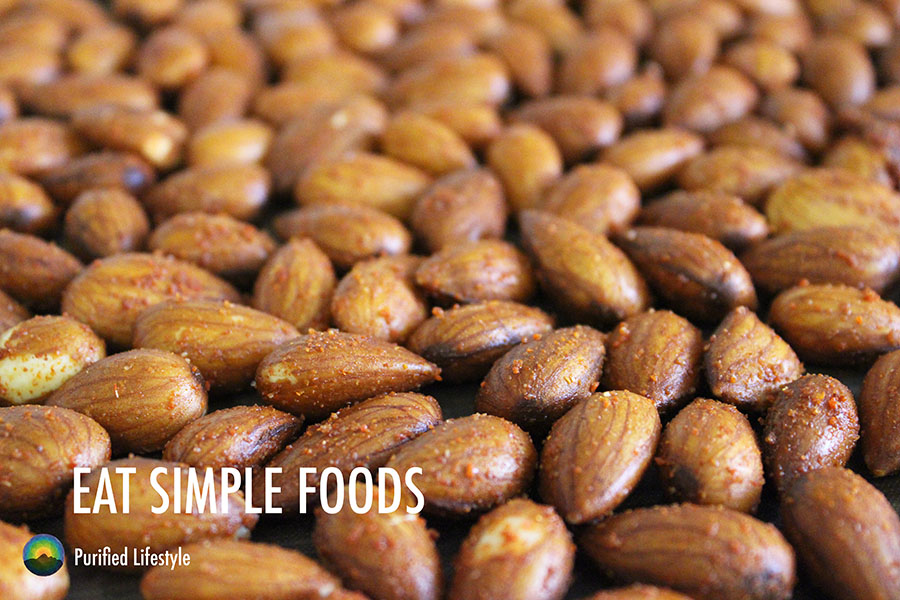
13. Sprouting Beans & Grains
Sprouting beans and grains has been essential for improving my digestive health. Many store-bought or canned beans, as well as unsprouted grains, contain phytic acid—a compound that can cause bloating, gas, and digestive discomfort. By soaking and regularly rinsing beans and grains, they begin to sprout little tails. This process activates the nutrients and significantly reduces phytic acid, making the beans and grains easier to digest.
Once sprouted, I slow cook them to retain maximum nutrition, ensuring I get all the benefits without the discomfort. Sprouting not only enhances digestion but also boosts the nutritional profile of these foods, making them an even more valuable part of a balanced diet.
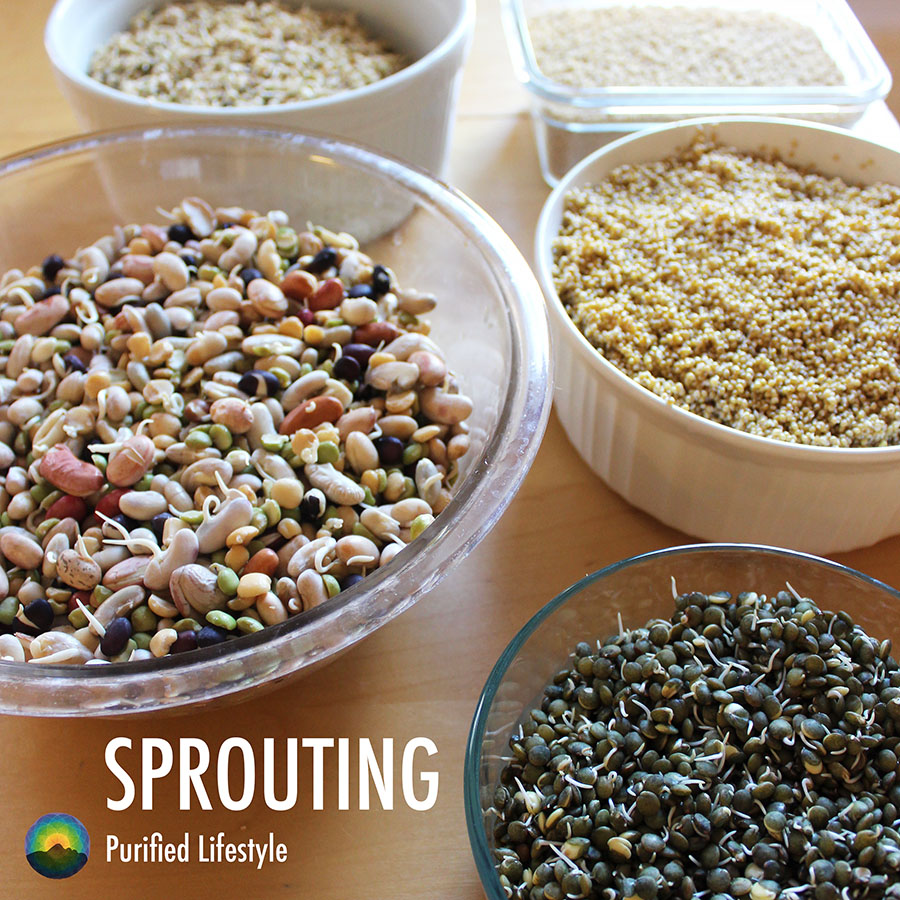
14. Chinese Hot and Cold Eating
Chinese dietary therapy involves balancing 'hot' and 'cold' foods to maintain internal harmony. This practice helps regulate body temperature, improve digestion, and support overall health. Including a mix of warming foods (like ginger and garlic) and cooling foods (like cucumber and watermelon) can help maintain balance according to your body's needs and external conditions.
I enjoy creating recipes, food routines and weekly menus each season to loosely incorporate this idea of balancing hot and cold foods.
15. Fermented Foods
Incorporating sauerkraut, pak dong, kimchi, and other fermented foods into our diet supports gut health by providing beneficial probiotics. These foods aid in digestion, boost the immune system, and enhance nutrient absorption. Regularly consuming fermented foods can improve overall digestive health and well-being.
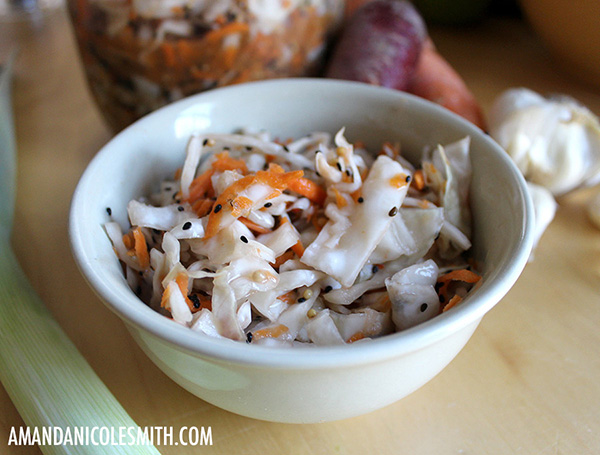
16. Hydration
Staying properly hydrated is crucial for maintaining overall health. Drinking enough water throughout the day supports digestion, detoxification, and energy levels. Including hydrating foods like cucumbers, watermelon, coconut water, and oranges can also contribute to your daily water intake and natural electrolytes.
17. Low-Waste Living
Choosing to live a low-waste lifestyle means committing to minimizing waste and making the most of what we have. This involves rethinking our approach to food packaging, composting kitchen scraps, and finding creative ways to use leftovers. By adopting a zero-waste mindset, we not only reduce our environmental footprint but also cultivate a deeper sense of gratitude for the resources available we have.
It's not important if we 100% commit to zero-waste, it's about making small changes here and there that contribute to our life, not take away.
What are your food values?
By embracing some or all of these values and practices, we can create a food lifestyle that not only nourishes our bodies but also supports our communities. Here's to finding joy and balance in our journey toward a healthier, more sustainable way of living.
